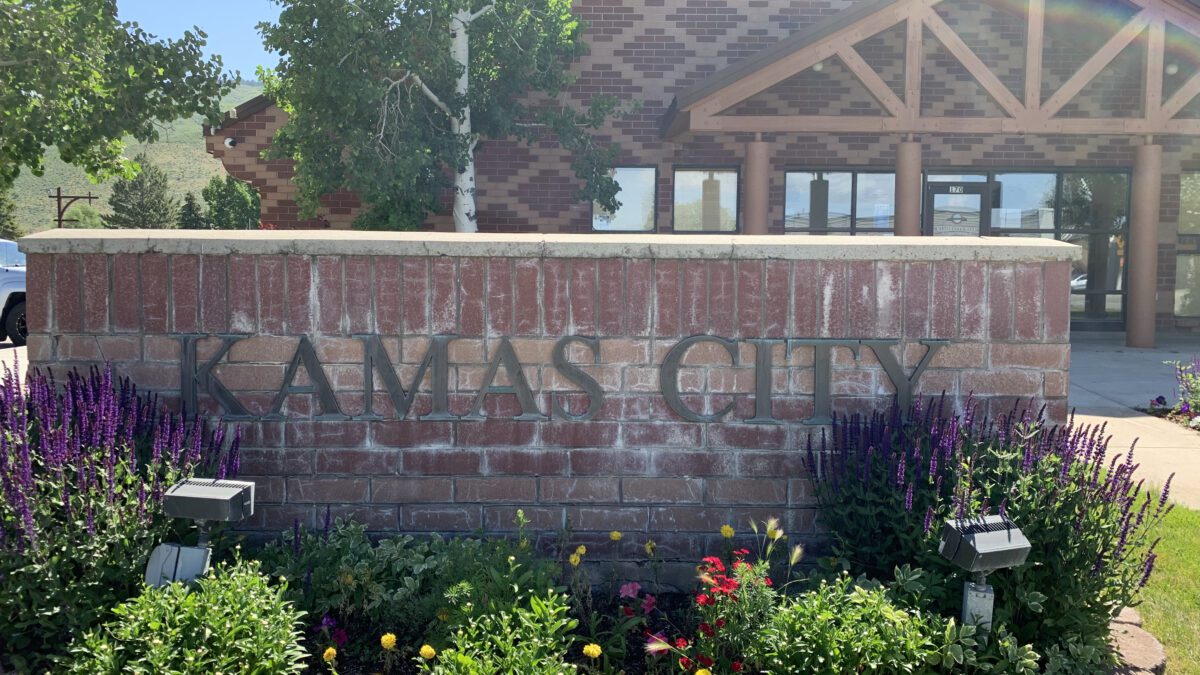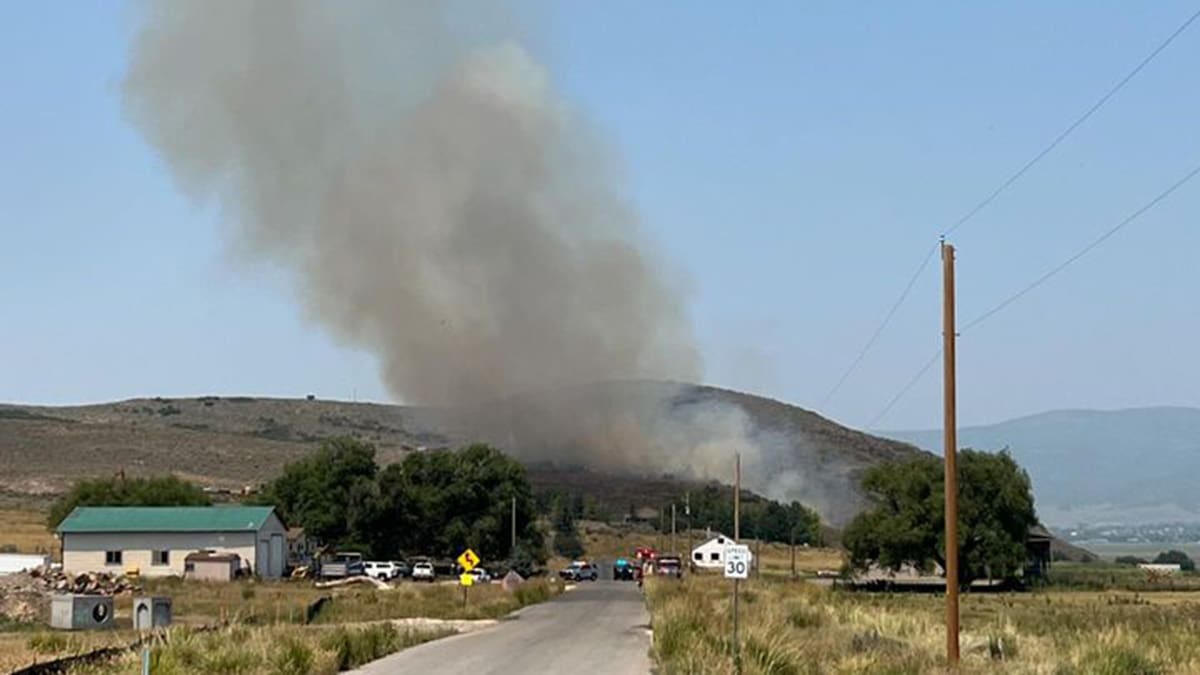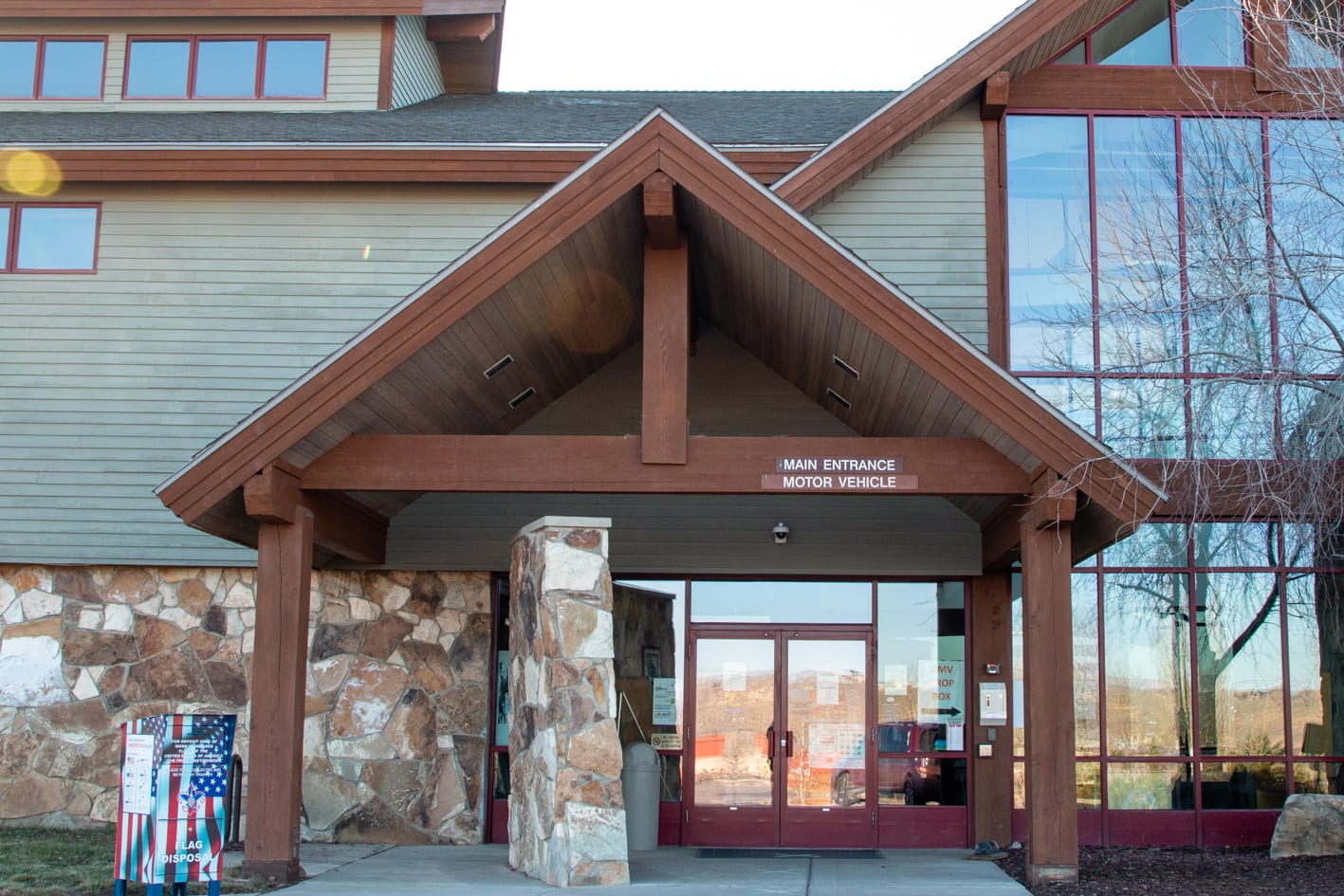Politics
Fire at Will: Kamas Mayor Matt McCormick

Kamas. Photo: Townlift // Will Scadden
KAMAS, Utah – In this descriptive and ongoing series, which will be published every Friday, I will participate in thought-provoking discussions with various elected leaders and important persons from Summit and Wasatch Counties. My goal with each interview is to delve into the substance of their professions, providing light on the vast responsibilities and expectations that come with holding public office.
In this series, we’ll also talk about their thoughts on the important issues that affect their residents and the steps they’ve made to allay their worries and support progress in their communities.
This week’s segment constitutes a conversation with the Mayor of Kamas, Matt McCormick.
McCormick was born and raised in Kamas and graduated from South Summit High School. McCormick would then attend Utah Technical College (now Utah Valley University) in Orem where he would earn an associate’s degree.
After graduating UVU, McCormick would move back to Kamas and begin his 30-year career working for the Utah Department of Transportation (UDOT). While working for UDOT, McCormick would focus on several different things, including surveying, material testing for highway construction, various engineering projects, and for the last 10 years of his career he would work as a manager in regional material labs.
While McCormick is now retired from UDOT, he is by no means retired, as in addition to serving as Mayor, McCormick also works part time for an engineering consulting firm.
McCormick, who refuses to consider himself a politician, attributes his inclinations to serve as Mayor as a way to give back and improve his hometown.
“I don’t have any agendas, or any personal gripes or issues. I just came back to serve,” McCormick said. “I’m just a kid from Kamas that’s concerned about his community and wants to do what’s best.”
McCormick was first elected as Mayor in 2018, but his career in public service began twenty years before that, as he sat on the Kamas City Council from 1998 through 2003. McCormick would eventually leave the City Council to spend more time with his family and coach his children’s sports teams.
“I got into office because of a commitment to this community,” McCormick said about starting a role in public office. “There was a vested interest because I grew up here in Kamas. This is my hometown, and to some degree we all have a responsibility to look out for our hometown.”
As Mayor of Kamas, McCormick’s duty is to act as the chief administrative and executive officer of the city.
“My role is to act as the chief administrative officer and chief executive officer,” McCormick explained. “I don’t normally vote on City Council issues. One of my roles, how I see it, is to look out for our community and help facilitate discussions within the City Council.”
Similar to Mayor Worel in Park City, McCormick also sees himself as a liaison between citizens and the city or county, and makes his office accessible to people who need assistance.
Also similar to Park City, McCormick believes some of the biggest and most challenging issues facing Kamas today constitute rapid development and high-levels of traffic within the city.
“The most challenging aspect [of being Mayor] is probably understanding and figuring out development and how that relates to maintaining a rural atmosphere,” said McCormick.
Kamas is situated in eastern Summit County, and borders the western edge of the Uinta-Wasatch-Cache National Forest. Kamas’ population has consistently grown in the past 10 years, and the population sits near 2,200 people per the 2021 U.S. Census.
While Kamas has faced increased levels of development, one of McCormick’s priorities as Mayor is to ensure that new developments provide moderate income housing throughout the city.
“It seems like everybody’s idea of affordable housing is as many units as possible in the smallest area,” McCormick explained. “I’m resisting that thought process a bit, hoping it’s not the only answer. We did pass a moderate income housing ordinance in our community right after I was elected, and based on the size of our community we were not required to but did so anyway. I believe, and the City Council believes, that it’s important for our community to have moderate income housing.”
Kamas’ moderate income housing ordinance states that developers must designate at least 20% of new units as moderate income housing.
“The thought there was to try and maintain generational families and the thought of trying to provide places for police, firemen, teachers, and those kinds of things,” McCormick said about the housing plan. “Growing up here, single family homes on a small plot of land seemed to be the right answer. Not everybody wants that anymore, and I understand that, but I don’t know that four and five story apartment complexes are the answer here in Kamas either.”
To maintain their rural atmosphere and preserve all citizen’s mountain views, the city has imposed height restrictions on all buildings in the city, capped at 35-feet on Main Street and 27-feet everywhere else.
Besides increased development, Kamas also faces an issue of traffic through town due to their proximity to the Uinta-Wasatch-Cache National Forest. The forest is consistently one of the busiest in the nation, and averages over 10-million visitors per year.
“We have snowmobiling all winter long, we have hunting in the fall, and we have summer traffic whenever the highways open,” McCormick explained. “We have a really busy season, and there’s a lot of times when it’s really, really hard to get out on 248 from the grocery store or out on Main Street where traffic backs up for three or four blocks because they’re trying to turn and go out of town.”
Kamas is in a bit of a conundrum with traffic, as UDOT controls the roads used to access the forest and a park-and-ride lot would prove ineffective as visitors need their vehicles to recreate in the forest.
“We have a lot more traffic than people imagine, and we don’t have a lot of say in how it’s managed,” McCormick said of traffic in Kamas. “It starts Wednesday and ends on Monday so there aren’t a lot of days that we don’t have traffic.”
While McCormick is working through these issues affecting Kamas, he is exceptionally proud of other improvements he and the council have enacted since 2018.
“We have a new event center, and we upgraded our arena, we’ve done a lot with improving our facilities and bleachers there,” McCormick said. “We’ve also gotten a lot of grants for roadworks and other things. and we’re still in the process of getting a park here at City Hall, we believe we’ll get that done this summer and it’ll have all the abilities components to it.”
Despite this, McCormick feels as if the biggest success during his time has come from preserving Kamas’ unique atmosphere.
“I really think that the biggest successes have been a desire to and intent to maintain our community, atmosphere, and community feel. We work pretty hard at providing that hometown community feel, and whatever we need to do with our ordinances or with our staff, that’s always one of the goals.”
“The thing we have most in our minds is our residents, our residents matter, and this is who it is about,” said McCormick.



















